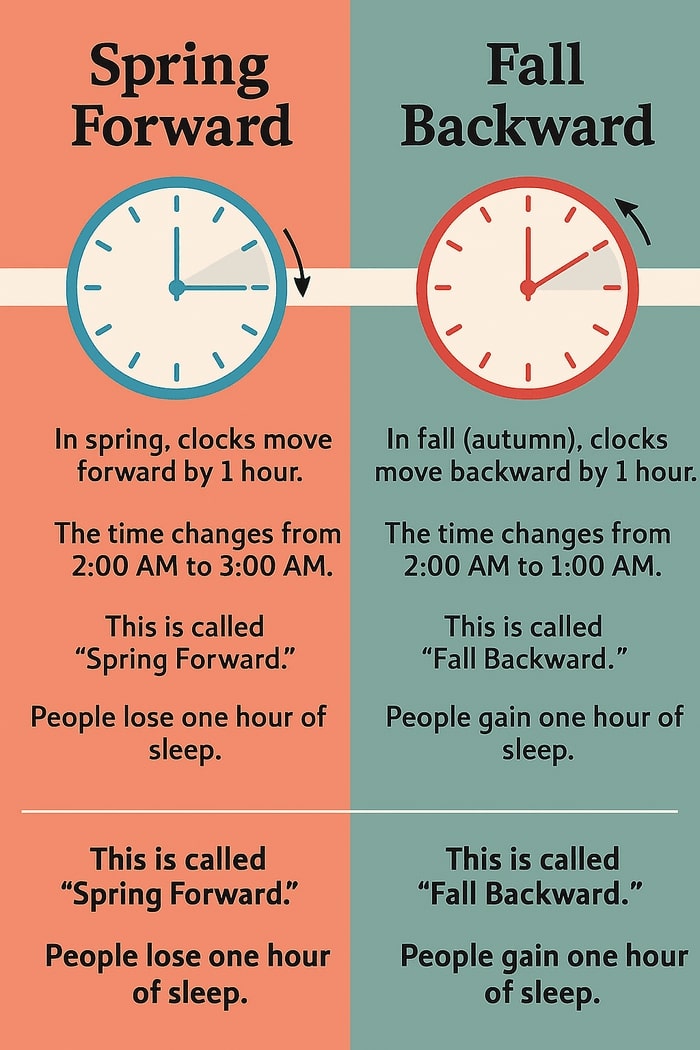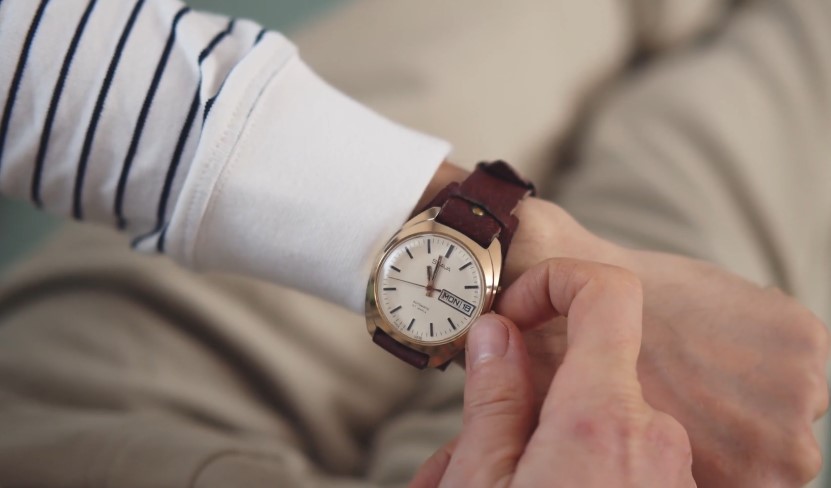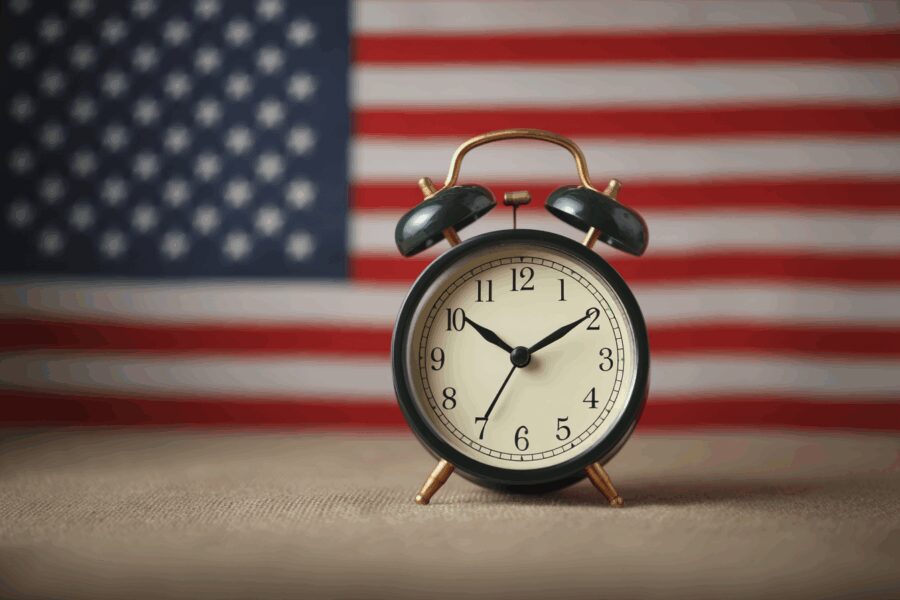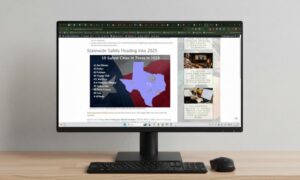Ever wondered why we keep playing musical chairs with our clocks? As we gear up for another round of time-traveling in 2025, millions of Americans are asking themselves the same question. That precious hour of sleep we’ll lose on March 9 has become more than just a minor inconvenience – it’s sparking a national debate about whether this century-old practice still makes sense.
In a world where our phones automatically update and our smart homes run 24/7, the ritual of manually changing our clocks feels like a relic from another era.
While some states rebel against this temporal tango, others cling to tradition, creating a fascinating patchwork of time zones and opinions across America.
Table of Contents
ToggleDaylight Saving Time in a Nutshell
Not everyone plays along with this time-shifting game, though. Hawaii and most of Arizona skip the clock changes completely, staying on their own schedule year-round.
The same goes for U.S. territories like Puerto Rico, Guam, and the U.S. Virgin Islands – they’ve opted out of the biannual time switch too.
A Look Back at Time Changes
While Benjamin Franklin joked about waking up earlier in a 1784 essay, he never actually suggested changing clocks. The real push for time changes came much later. Germany kicked things off in 1916 during World War I, hoping to save energy for the war effort.
The U.S. jumped on board in 1918, but farmers weren’t happy – contrary to popular belief, they fought against it since it messed with their schedules tied to the sun.
After World War I ended, Congress scrapped daylight saving time, only to bring it back during World War II when President Roosevelt made it year-round.
Legislative Journey and Milestones
The 1966 Uniform Time Act brought some order to America’s chaotic time zones by setting standard dates for clock changes nationwide. But the real experiment came during the 1973 oil crisis, when Congress tried year-round daylight saving time to cut energy use. That didn’t last long – parents weren’t thrilled about their kids spring forward to school in pitch darkness.
Today’s schedule (starting in March and ending in November) came from the Energy Policy Act of 2005. While states can’t choose permanent daylight time without Congress giving the green light, they can pick standard time year-round – that’s why Hawaii and most of Arizona stick to their guns and skip the whole clock-changing dance.
Debating the Benefits: Then and Now

When daylight saving time first rolled out, the pitch was simple: longer evenings would cut electricity bills and give folks more sunlit hours after work. But modern life has turned those old assumptions upside down.
Air conditioning now gulps more power than lighting, and those promised energy savings? They’re pretty tiny – less than 1% in most studies.
The social perks of extra evening light still hold up, though. More people head outside for walks, shopping, or sports when it stays bright later. But these benefits come with trade-offs: doctors point to increased heart attacks and workplace accidents right after time change for daylight, while parents still grumble about dark morning school runs.
Contemporary Impacts of DST
Recent polls show Americans are losing patience with clock changes – 54% now oppose daylight saving time, a stark drop from 73% support in 1999. Most folks want to pick one time and stick with it, with 48% backing standard time year-round and 24% favoring permanent daylight time.
The health impacts hit hard: doctors report more heart attacks and workplace accidents right after will daylight saving end. Sleep patterns take a hit too, messing with people’s daily rhythms.
While some states push for permanent daylight time to boost evening activities and business, others point to darker winter mornings affecting school kids and early workers. The debate keeps ticking, with 30 states mulling changes to their time-change rules.

Why Time Changes Stick Around?
The twice-yearly clock change stays put largely because Congress can’t agree on what to do about it. While the Senate passed the Sunshine Protection Act in 2022 to make daylight saving time permanent, the bill hit a wall in the House.
Big retailers love those bright evening hours that get people shopping, while safety officials worry about dark winter mornings.
President Trump end daylight recently called clock changes “inconvenient” and “costly,” joining a growing chorus of politicians pushing for change. Yet despite 19 states passing laws to ditch the time switch, they’re stuck waiting for Congress to act.
The simple truth? Getting lawmakers to agree on anything – even something as basic as what time it should be – isn’t easy in today’s political climate.
Projecting DST’s Impact in 2025
When the Daylight Saving Time 2025 in March 2025, millions of Americans will lose that precious hour of sleep. Medical experts warn this isn’t just about feeling groggy – studies show a spike in heart attacks and traffic accidents in the days following the switch.
Kids struggle to focus in school, while adults battle workplace fatigue.
It found that on weeknights after the shift, students lost an average of 32 minutes of sleep per night—totaling nearly 2 hours and 42 minutes over the week—and experienced increased daytime sleepiness and poorer performance on reaction-time tests.
This suggests the DST transition worsens adolescent sleep and vigilance, which may impact their safety and cognitive functioning during the school week.
But it’s not all bad news for everyone. Businesses, especially retailers and restaurants, look forward to those extra daylight hours bringing in more foot traffic. Sports leagues and outdoor venues plan to cash in on extended evening activities.
The effects hit differently across the country. While folks in Boston might welcome brighter summer evenings for after-work activities, Seattle residents face pitch-black winter mornings that last until nearly 9 AM during standard time.
Evaluating DST’s Relevance and Future

The clock-changing ritual seems increasingly out of step with modern life. While DST was born in an era of coal-powered lights and strict 9-to-5 workdays, today’s 24/7 digital world runs differently. Medical research paints a clear picture: these time shifts mess with our body clocks, leading to more accidents and health problems.
A growing number of sleep experts back permanent standard time, saying it better matches our natural rhythms. Yet many businesses still fight to keep those bright evening hours, claiming they boost shopping and outdoor activities.
Meanwhile, several bills sit in Congress, including the Sunshine Protection Act, but lawmakers can’t seem to pick between daylight saving time guide or year-round DST.
Exploring Alternatives and Reforms
States keep pushing for change, but their hands are tied by federal rules. While they can pick standard time year-round (like Arizona and Hawaii), switching to permanent daylight time needs Congress’s okay.
At least 30 states are looking at laws about time changes, showing how much people want this fixed.
The science points clearly toward permanent standard time. Sleep doctors say it matches our body clocks better than year-round daylight time. But businesses love those bright evenings that get people out spending money. The Sunshine Protection Act, backed by both parties, would lock in daylight time nationwide – but it’s stuck in political limbo.
The public’s getting fed up – latest polls show most Americans want to stop changing clocks twice a year. Some say let states choose their own time rules, but others worry that’ll create a mess of different time zones across the country.
Making Your Voice Heard on Time Changes

Whether you’re tired of losing sleep or love those long summer evenings, you can help shape how America handles time changes. Start by reaching out to your representatives in Congress – they’re the ones who can actually change the rules. Several websites track DST-related bills, making it easy to follow what’s happening.
Local action matters too. Talk to your state lawmakers about joining the states ready to ditch the clock switch. Share your experiences with sleep disruption, safety concerns, or business impacts. Social media campaigns and community discussions help spread awareness about the effects of time changes on health and daily life.
Keep an eye on Daylight Saving Time 2025, but don’t just set your clock and forget it. Join the conversation about whether America should keep dancing with daylight saving time or pick one schedule and stick to it.
The Clock is Ticking on Daylight Saving Time
As we approach another year of clock-changing chaos in 2025, it’s clear that America’s relationship with daylight saving time is at a crossroads. The science speaks volumes about its health impacts, while businesses and lawmakers continue their tug-of-war over those precious evening hours.
Yet the growing chorus of voices calling for change suggests we might be witnessing the twilight of this time-shifting tradition.
Whether we end up with permanent standard time, year-round daylight saving time, or keep dancing this biannual temporal tango, one thing’s certain – the days of blindly accepting these clock changes are numbered. The only question is whether Congress will finally wake up and smell the coffee – preferably at a consistent time.
What you think about this?








